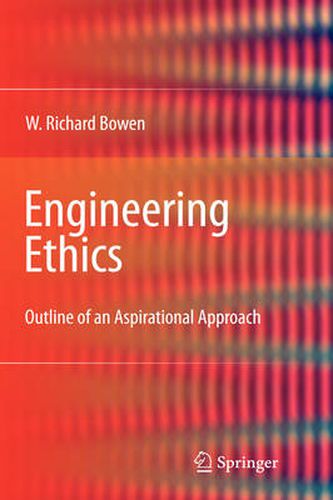Readings Newsletter
Become a Readings Member to make your shopping experience even easier.
Sign in or sign up for free!
You’re not far away from qualifying for FREE standard shipping within Australia
You’ve qualified for FREE standard shipping within Australia
The cart is loading…






This title is printed to order. This book may have been self-published. If so, we cannot guarantee the quality of the content. In the main most books will have gone through the editing process however some may not. We therefore suggest that you be aware of this before ordering this book. If in doubt check either the author or publisher’s details as we are unable to accept any returns unless they are faulty. Please contact us if you have any questions.
Around the turn of the millennium, a young woman with outstanding academic achievements in science and mathematics applied to study engineering at a Eu- pean university. She had chosen to study engineering particularly because of the opportunities she expected it would give her to make a contribution to the well- ing of others. It happened that the university engineering department to which she applied had just been involved in the design of a vehicle for a world speed record attempt. When the young woman visited the university for interview this triumph of technology was presented as being a quintessential example of good engine- ing. However, though it was clear to her that the vehicle was technically ing- ious, she also recognised that it was of no practical use. She concluded that she had misunderstood the nature of engineering, and still wishing to help others she changed her plans and studied medicine, at which she assuredly excelled. This young woman’s change of career was undoubtedly a specific loss for en- neering. Additionally, it had a broader, tragic dimension; for her understanding of the purpose of engineering was more mature than that of the academics she - countered. Moreover, their imbalanced prioritisation of technical ingenuity over helping people is not uncommon within parts of the profession.
$9.00 standard shipping within Australia
FREE standard shipping within Australia for orders over $100.00
Express & International shipping calculated at checkout
This title is printed to order. This book may have been self-published. If so, we cannot guarantee the quality of the content. In the main most books will have gone through the editing process however some may not. We therefore suggest that you be aware of this before ordering this book. If in doubt check either the author or publisher’s details as we are unable to accept any returns unless they are faulty. Please contact us if you have any questions.
Around the turn of the millennium, a young woman with outstanding academic achievements in science and mathematics applied to study engineering at a Eu- pean university. She had chosen to study engineering particularly because of the opportunities she expected it would give her to make a contribution to the well- ing of others. It happened that the university engineering department to which she applied had just been involved in the design of a vehicle for a world speed record attempt. When the young woman visited the university for interview this triumph of technology was presented as being a quintessential example of good engine- ing. However, though it was clear to her that the vehicle was technically ing- ious, she also recognised that it was of no practical use. She concluded that she had misunderstood the nature of engineering, and still wishing to help others she changed her plans and studied medicine, at which she assuredly excelled. This young woman’s change of career was undoubtedly a specific loss for en- neering. Additionally, it had a broader, tragic dimension; for her understanding of the purpose of engineering was more mature than that of the academics she - countered. Moreover, their imbalanced prioritisation of technical ingenuity over helping people is not uncommon within parts of the profession.